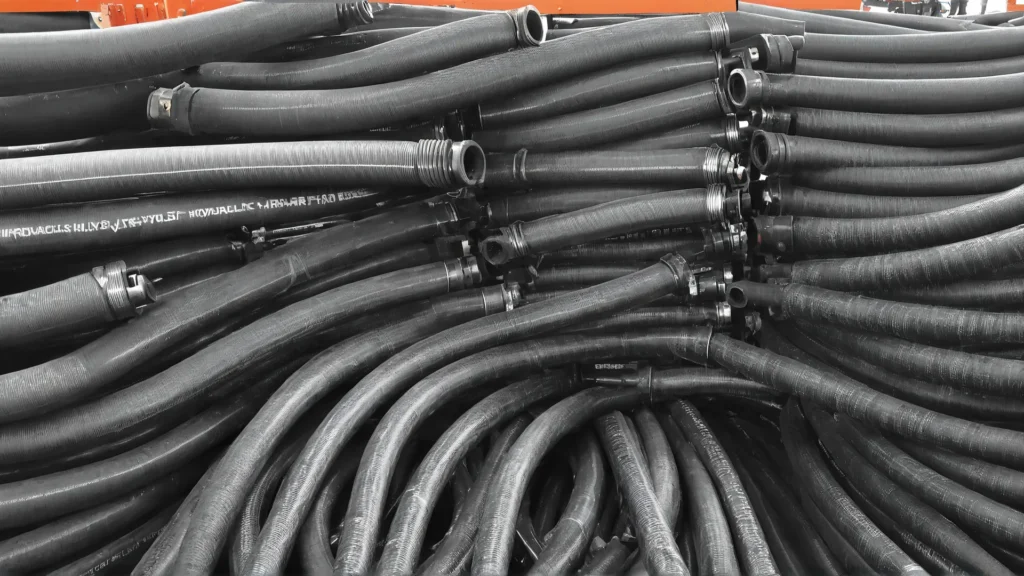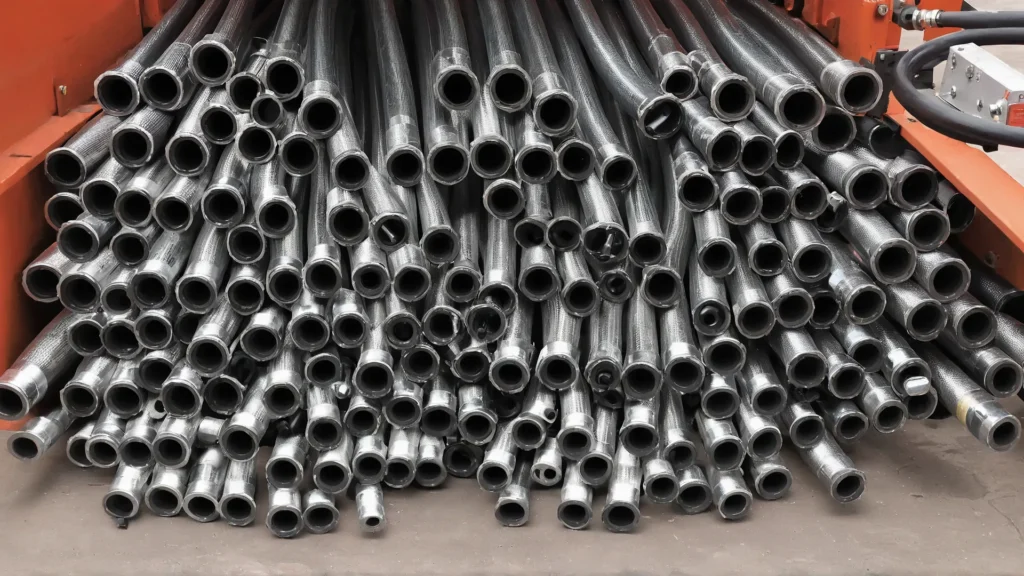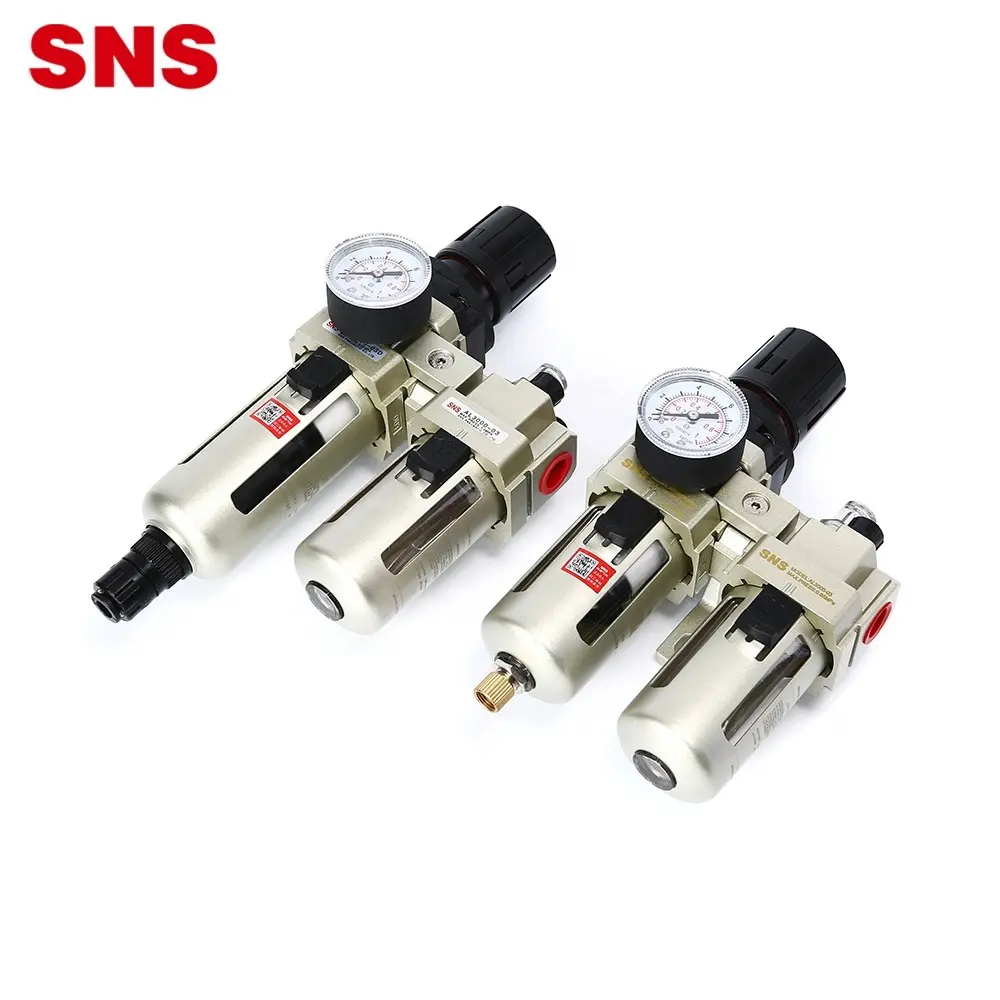How to Select the Right Hydraulic Hose
Hydraulic hoses are vital components in hydraulic systems, transferring fluid between different parts to transmit force. Selecting the right hose ensures optimal system performance and prevents potential failures.
Selecting the right hydraulic hose is crucial for the efficiency and safety of hydraulic systems. The wrong choice can lead to system failures, costly downtime, and even safety hazards. This guide will walk you through the essential considerations for choosing the right hydraulic hose.
Understanding Hydraulic Hoses
Hydraulic hoses are flexible tubes designed to carry hydraulic fluid under pressure. They connect various components within a hydraulic system, such as pumps, valves, cylinders, and motors. There are several types of hydraulic hoses:
- Braided Hoses: Made with layers of braided wire or textile, offering flexibility and moderate pressure ratings.
- Spiral Hoses: Constructed with spiral layers of wire, providing high pressure resistance.
- Thermoplastic Hoses: Lightweight and resistant to chemicals, suitable for specific applications.
- PTFE Hoses: Known for high temperature and chemical resistance.

Key Factors in Selecting a Hydraulic Hose
Size and Diameter
The size of the hydraulic hose is critical for ensuring proper fluid flow. The internal diameter must match the system’s requirements to maintain efficiency and prevent pressure loss. An incorrect diameter can lead to increased turbulence and reduced flow rate.
Pressure Rating
Each hose has a maximum working pressure it can withstand. It’s essential to choose a hose with a pressure rating that exceeds the system’s maximum operating pressure, incorporating a safety factor to prevent failures.
Temperature Range
Hydraulic hoses must operate effectively within specific temperature ranges for both fluid and ambient conditions. Selecting materials that can withstand these temperatures is crucial to prevent degradation and failure.
Material Compatibility
The hose material must be compatible with the hydraulic fluid used in the system. Incompatible materials can lead to chemical reactions, causing leaks or hose degradation. Common materials include rubber and thermoplastic, each suited for different fluids.
Flexibility and Bend Radius
Flexibility is important for routing hoses through complex systems without causing stress or kinks. The bend radius is the minimum radius a hose can bend without damage; selecting a hose with an appropriate bend radius ensures longevity and performance.
Environmental Conditions
Consideration of environmental factors such as exposure to sunlight, chemicals, or abrasive surfaces is necessary when selecting a hose cover material. Durable materials like synthetic rubber or thermoplastic covers can enhance resistance to harsh conditions.
Hose End Fittings
Fittings connect hoses to other components within the system. They come in various types, such as flared, compression, and push-on fittings. Selecting compatible fittings is crucial to prevent leaks and ensure secure connections.
Installation Best Practices
Proper installation is key to maximizing hose life:
- Ensure adequate hose length to accommodate movement without excessive tension.
- Maintain minimum bend radius during installation.
- Avoid twisting or kinking hoses at crimped fittings.
Industry Standards and Regulations
Compliance with industry standards (such as ISO 18752 or SAE J517) ensures that hoses meet safety and performance requirements. Adhering to these standards helps avoid regulatory issues and enhances reliability.

FAQs
1.Why is selecting the right hydraulic hose important?
Choosing the correct hydraulic hose ensures optimal system performance, prevents failures, minimizes downtime, and enhances safety.
2.How do I determine the correct pressure rating for a hydraulic hose?
Select a hose with a pressure rating higher than the system’s maximum operating pressure, including a safety factor to prevent potential failures.
3. How do I ensure material compatibility with hydraulic fluid?
Check the hose material against the hydraulic fluid specifications to prevent chemical reactions that could lead to leaks or degradation.
Conclusion
Selecting the right hydraulic hose involves understanding your system’s requirements in terms of size, pressure, temperature, material compatibility, flexibility, environmental conditions, and fitting types.
By considering these factors, you can ensure optimal performance, safety, and longevity of your hydraulic systems.





